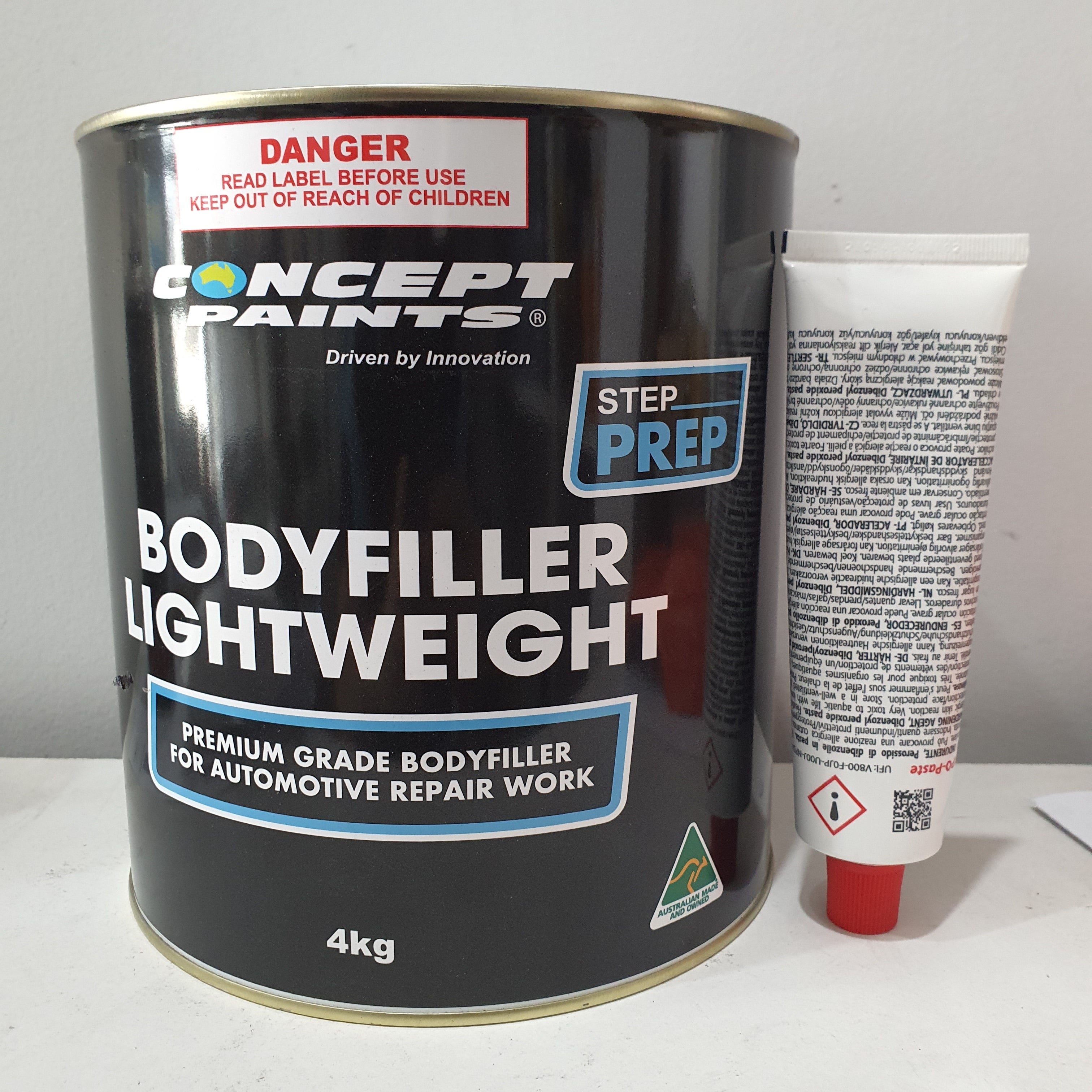The Art and Science Behind Car Paint: Enhancing Beauty and Protection
In the realm of automotive aesthetics, few elements are as vital and transformative as car paint. Beyond its cosmetic allure, car paint serves as a shield against the ravages of time, weather, and road debris. Its significance lies not only in enhancing the vehicle's appearance but also in preserving its structural integrity. Let's delve into the intricate world of car paint, exploring its evolution, composition, and the technologies driving its innovation.
Evolution of Car Paint:
The journey of car paint stretches back to the early days of automotive engineering. Initially, vehicles were coated with basic paints primarily designed to prevent corrosion and provide minimal aesthetic appeal. However, as automotive design became more sophisticated and consumer tastes evolved, the demand for high-quality finishes skyrocketed.
The advent of acrylic lacquers in the mid-20th century revolutionized car painting, offering vibrant colors and a glossy finish. This era witnessed the rise of automotive customization, with manufacturers experimenting with metallic and pearlescent pigments to cater to diverse preferences.
Composition and Chemistry:
Modern car paint is a complex amalgamation of resins, pigments, solvents, and additives meticulously engineered to deliver durability, UV resistance, and color stability. The primary components include:
Pigments: These microscopic particles impart color and visual depth to the paint. Metallic flakes, mica, and aluminum oxide are commonly used to create dazzling effects under different lighting conditions.
Binders (Resins): Binders serve as the backbone of the paint, holding the pigments together and adhering them to the car's surface. Polyurethane, acrylic, and epoxy resins are among the most prevalent binder materials due to their exceptional adhesion and weather resistance.
Solvents: Solvents facilitate the application and flow of the paint, evaporating upon drying to leave a smooth, even coating. However, advances in water-based paints have reduced reliance on volatile organic compounds (VOCs), mitigating environmental and health concerns associated with traditional solvent-based formulations.
Additives: Additives play a crucial role in fine-tuning the paint's properties, such as viscosity, drying time, and anti-corrosion properties. UV stabilizers, anti-oxidants, and flow enhancers are examples of additives incorporated to enhance performance and longevity.
Innovations in Car Paint Technology:
The pursuit of automotive excellence has propelled continuous innovation in Car Paint Australia technology. Manufacturers invest heavily in research and development to devise coatings that offer superior protection, visual appeal, and eco-friendliness. Some notable advancements include:
Nano-Ceramic Coatings: Nano-ceramic formulations leverage microscopic particles to create a durable, hydrophobic barrier that repels water, dirt, and contaminants. These coatings provide long-lasting gloss and ease of maintenance, ensuring that the vehicle retains its showroom shine for years to come.
Self-Healing Paints: Imagine scratches and swirl marks vanishing before your eyes. Self-healing paints utilize special polymers that have the ability to repair minor surface imperfections when exposed to heat or sunlight. This groundbreaking technology promises to revolutionize automotive aesthetics, offering unparalleled resilience against wear and tear.
Environmentally Friendly Formulations: With growing environmental consciousness, car manufacturers are transitioning towards water-based paints and low-VOC formulations. These eco-friendly alternatives reduce emissions and minimize ecological impact without compromising on performance or aesthetics.

Comments
Post a Comment